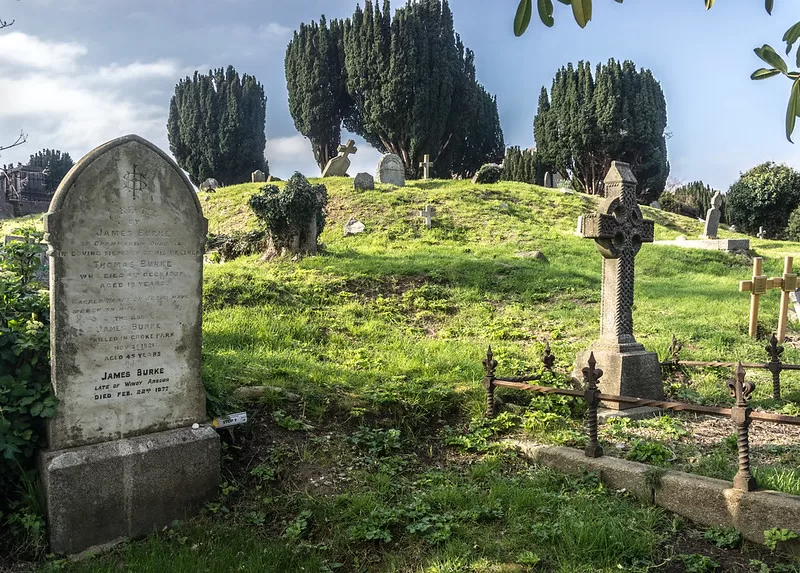Graveyards are memory places. Rural graveyards, in particular, with their shades of grey and green. There is a mossy feel to them, soft and damp. They shift by seasons, from hopeful green to birdsong green, then dappled green to inky green. Graveyards glisten. They hold weather. The evidence in their disrepair and flourishing, the hardness softening, the green taking over. Every Irish country graveyard has a sense of it having just rained or being about to. As if the memories...

